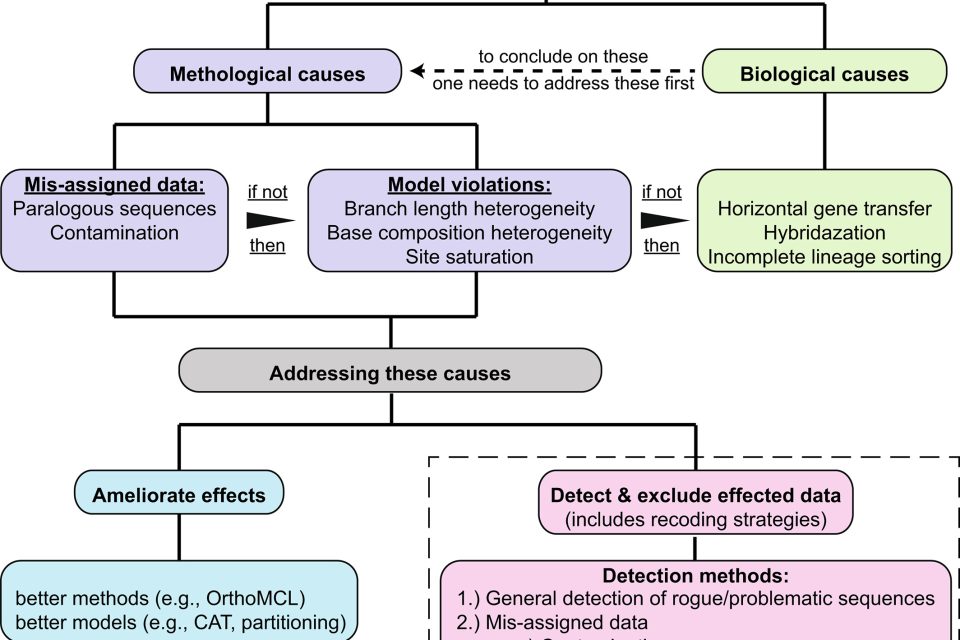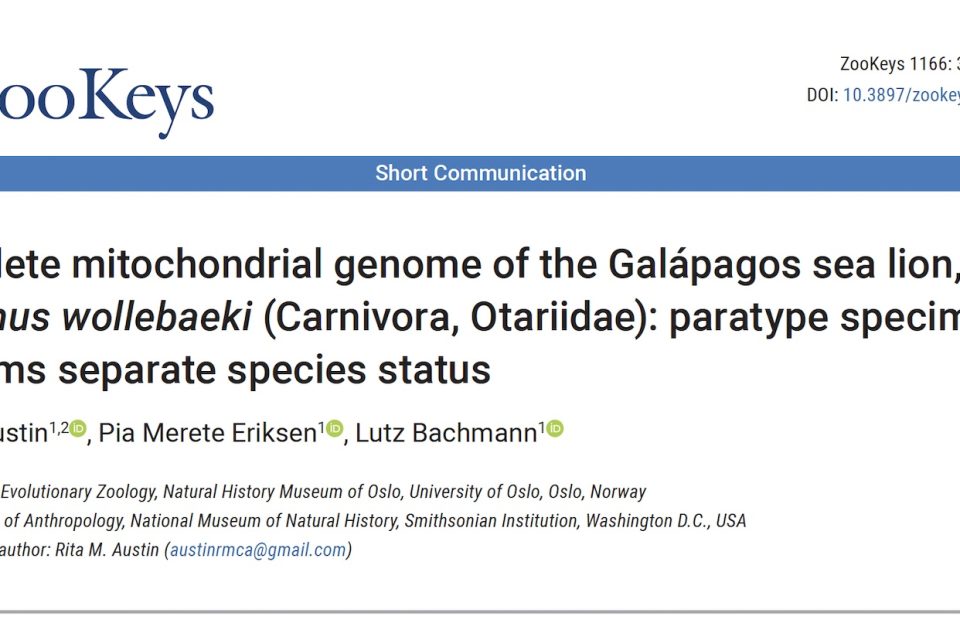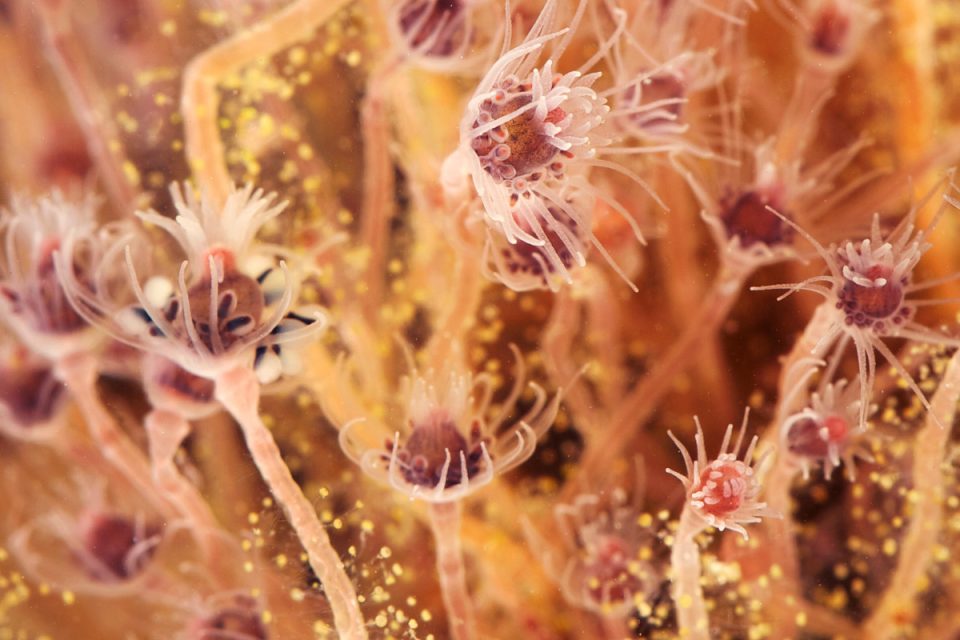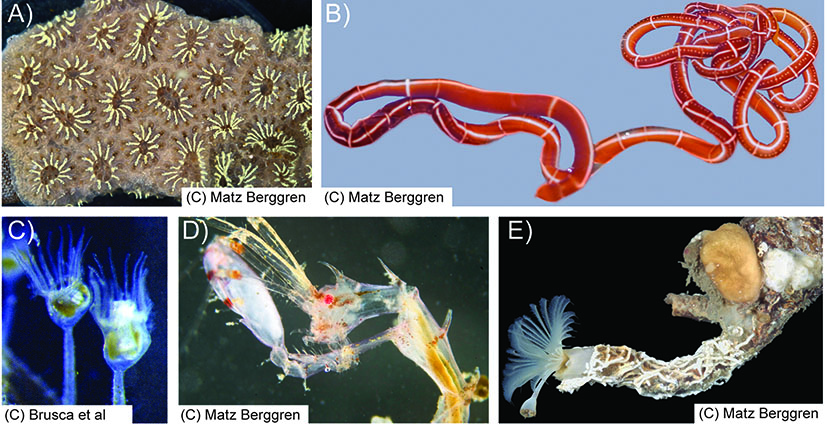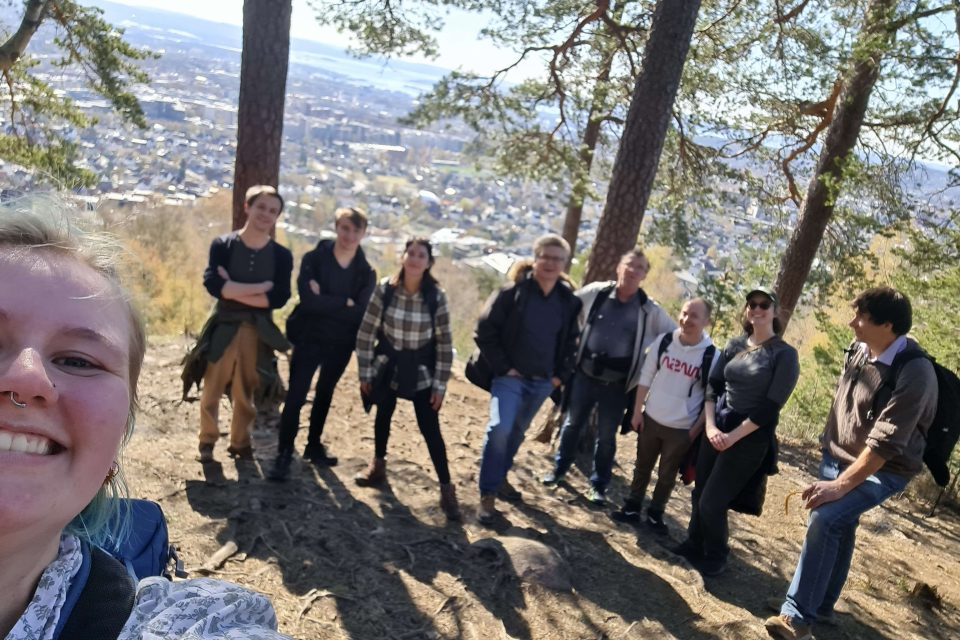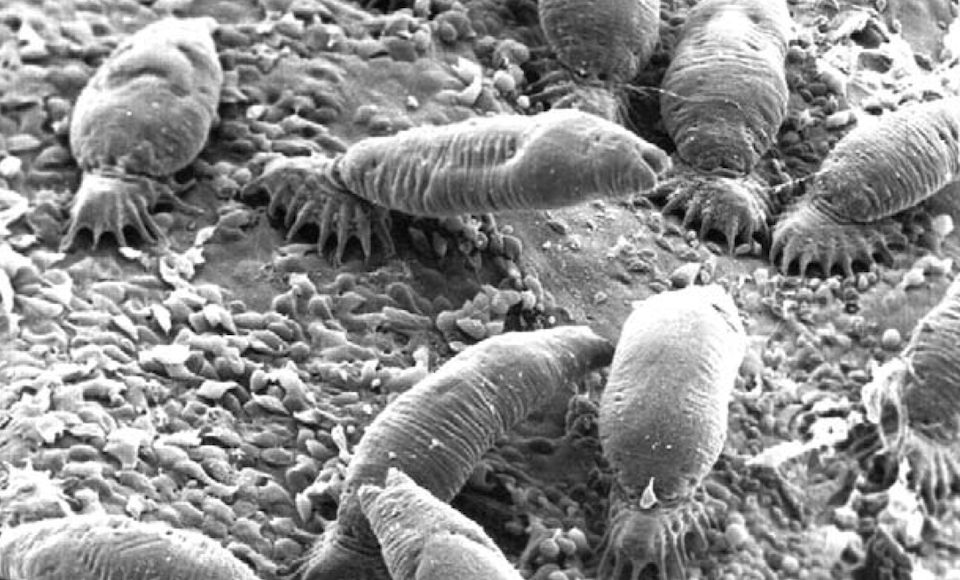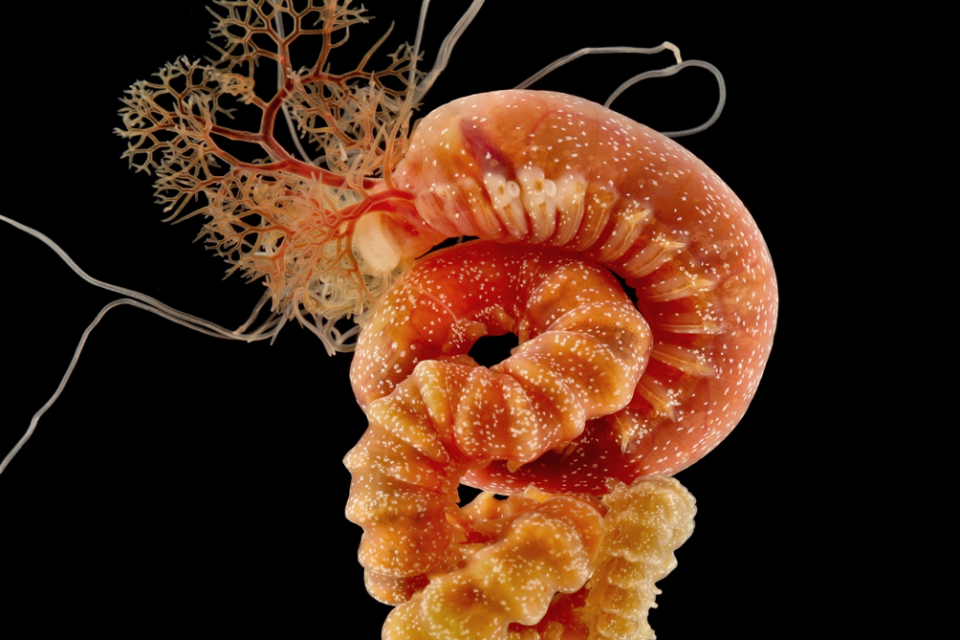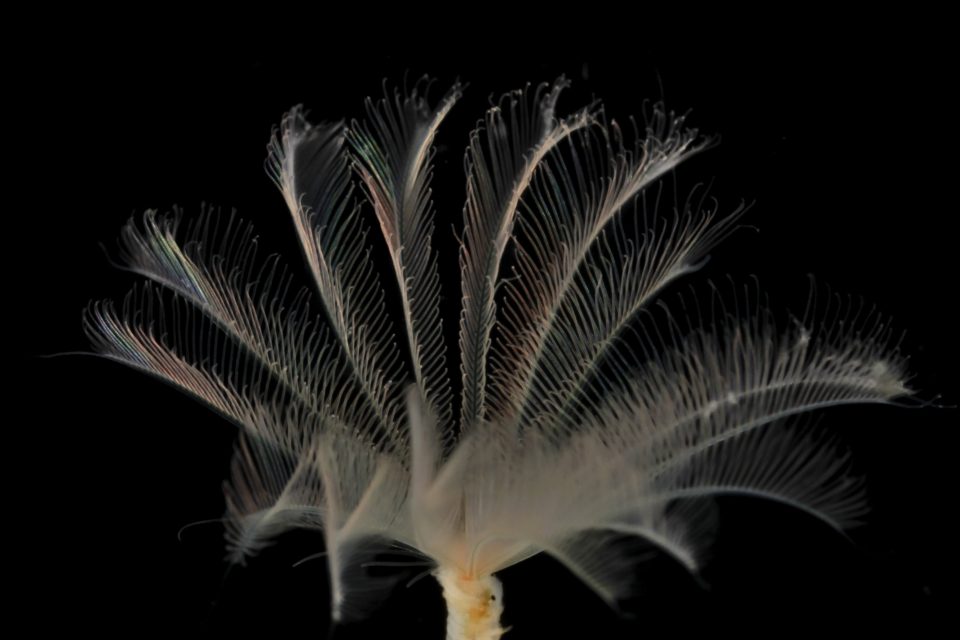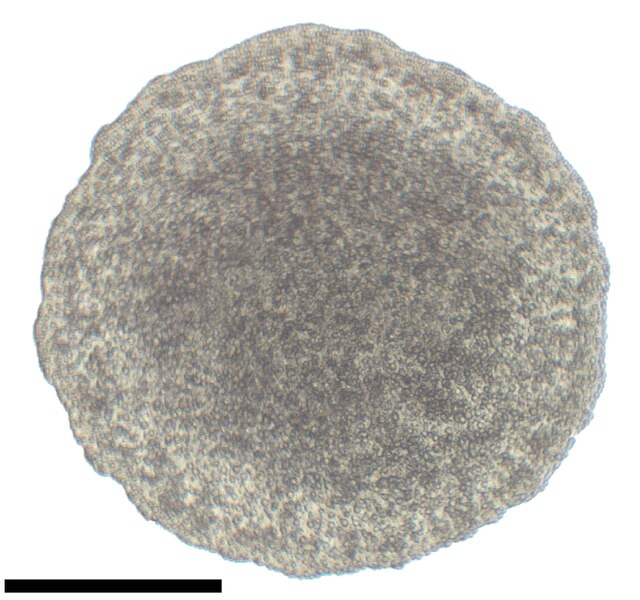
Group of the Month: Placozoa
They may look a bit like bacteria, but Placozoans are actually animals! These microscopic blobs might, in fact, be key to understanding our own deep evolutionary history, and how the diversity of other animals came to be. Although they were discovered way back in 1883, there are only […]
